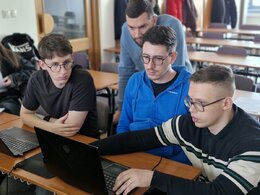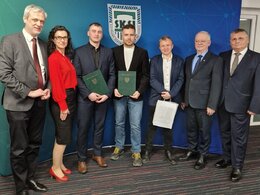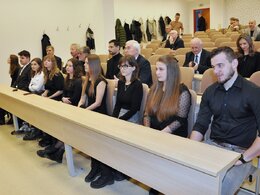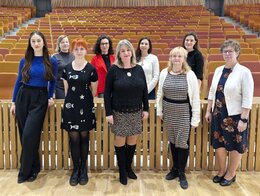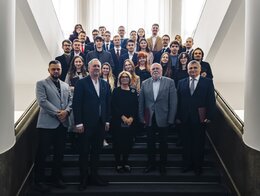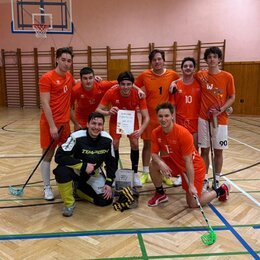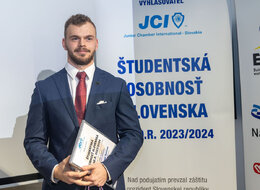 The Faculty of Civil Engineering (SvF) was founded in 1938 as the first faculty of the Slovak University of Technology (STU). It was originally located in both Košice and Martin. The launching of its first departments laid the foundations not only for the present Faculty, but also for technical education as a whole in Slovakia. Instruction was given by three departments: the Department of Building Construction and Transportation, the Department of Water and Cultural Engineering and the Department of Surveying.
The Faculty of Civil Engineering (SvF) was founded in 1938 as the first faculty of the Slovak University of Technology (STU). It was originally located in both Košice and Martin. The launching of its first departments laid the foundations not only for the present Faculty, but also for technical education as a whole in Slovakia. Instruction was given by three departments: the Department of Building Construction and Transportation, the Department of Water and Cultural Engineering and the Department of Surveying.
In 1939, the Faculty moved to Bratislava. There, two branches, which later constituted faculties of STU, the Branch of Construction Engineering and the Branch of Specialised Sciences, were formed. Another organisational change was adopted during the 1946-47 academic year, when the Department of Architecture and Civil Engineering was established. In 1950, the Department of Architecture and Construction Engineering became independent, thus creating the foundations for the new Faculty of Architecture and Building Engineering (FAPS). In the same year the Faculty of Civil Engineering (FIS) was founded, and geodesy became affiliated with it.
Another significant change in the organisational structure of STU was adopted in 1960, when the Faculty of Civil Engineering and the Faculty of Architecture and Building Engineering merged to create the new Faculty of Civil Engineering (SvF). SvF retained that structure until 1976, when four departments providing instruction in architecture and urban planning left to create the new Faculty of Architecture (FA).
Education at the Faculty has produced more than 34,725 graduates and 1,571 Ph.D. students. The Faculty of Civil Engineering is now the second largest engineering faculty at the University. Shaped by a number of outstanding personalities in science and technology, the Faculty has become a leader in research and education in the fields of civil engineering and geodesy in Slovakia.
The Faculty of Civil Engineering presently consists of 19 departments, Institute for Forensic Engineering, a Computing Centre and a Learning Centre. More than 441 employees make up the Faculty's staff, which consists of 34 professors, 66 associate professors, 81 teaching assistants and 66 research assistants. Currently enrolled at the Faculty are approximately 2,300 undergraduate and 150 Ph.D. students. Degrees from the Faculty provide a passport to rewarding professional careers in civil engineering, architecture, geodesy and cartography.


